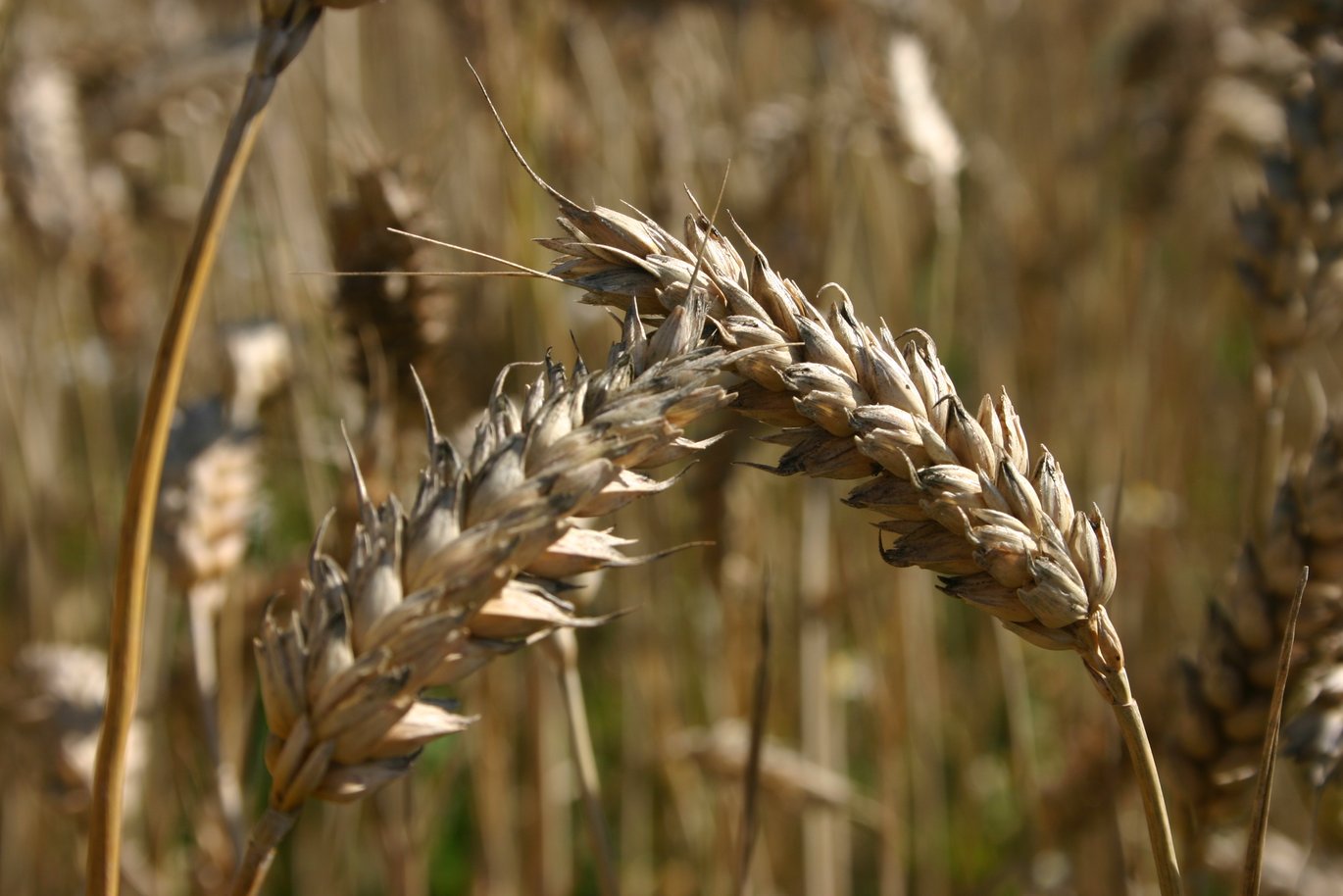Keeping one step ahead of resistant fungi
European researchers are joining forces to keep tabs on the spread of resistance in the fungi that cause the wheat disease septoria tritici blotch and to develop control methods that can help reduce dependence on fungicides.

The race is on between fungicides that can effectively control pathogenic fungi in wheat and the fungi themselves, which are pretty talented at re-inventing themselves to resist the fungicides that aim to control them.
Wheat production in northern Europe is reliant on the application of pesticides throughout the growing season. Fungicides account for approximately 25 percent of these applications, with the disease septoria tritici blotch (STB) as the primary target.
In the battle against this fungus in wheat, the available fungicides are but a brief respite because the fungus is adept at developing resistance to the available fungicides. The development and spread of fungicide resistance has the potential to impact upon the sustainability of wheat production.
- Unfortunately, the evolutionary potential of the fungus causing the disease STB, Zymoseptoria tritici, coupled with the highly specific nature of current fungicide chemistries, place the pathogen at a high risk of fungicide resistance development, says Dr. Steven Kildea of Teagasc in Ireland. He is the coordinator of a new European research project involving researchers from six different research institutions in Ireland, Denmark, Belgium, Sweden and Germany.
The aim of the project is to determine the level of resistance of Z. tritici in Europe and to develop robust and sustainable integrated pest management (IPM) strategies to control the pathogenic fungus. The three-year research project, entitled EURO-RES, has a total budget of €1,102,411 and has been granted €1,012,770 through the C-IPM second call.
Developing IPM tools for the future
In addition to determining the level of resistance of Z. tritici populations, the project partners will analyse the dynamics of fungicide resistance at the molecular level, and will develop and test robust and sustainable IPM control strategies that minimise the risk of fungicide resistance development.
- With varying levels of resistance to the main fungicides now present in European populations, coupled with the expectant decrease in the number of approved fungicide active ingredients available to European farmers, it becomes increasingly important to ensure a common approach to fungicide resistance management in European wheat crops, says Dr. Steven Kildea.
The project’s collaboration between several different countries will take advantage of the differences between the partner countries with regard to fungicide sensitivity and the availability of specific fungicides. This situation offers a unique opportunity to identify the dynamics of resistance selection over local, regional and international scales.
- Understanding how resistance develops at the various geographical levels and spreads is extremely important if anti-resistance measures are to be effective, says Dr. Kildea.
The knowledge and experience this project generates will be made available through the Eurowheat knowledge hub.
For more information please contact Dr. Steven Kildea, Teagasc, Ireland, email: Stephen.kildea@teagasc.ie.
See the list of all the projects approved in the second C-IPM call here.